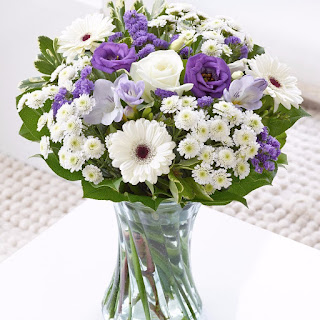What are the Most Poisonous Plants in the World
There are thousands of poisonous plants in the world, including those that are very dangerous to humans. Among the plants that are dangerous to humans, there are even those that we often keep in apartments, or well-known garden plants. Make sure you grow some of them in your home and brampton online florist will help you with that.
Conium
It gained its world fame in the most cruel way possible - it was still used in ancient Greece to make poison for execution. Probably the most famous victim of this plant was Socrates, a Greek philosopher who was doomed to take his own life by drinking poison. Although the plant contains several poisonous substances, the strongest and most deadly poison is horsemeal, which in sufficient doses causes heart and lung paralysis.
Hemlock grows mainly in Europe and North and North Africa. In addition to the Cucuta that killed Socrates (and who knows how many more people), one relative of this plant, Cicuta (or Water Cucuta) has been declared the most poisonous plant that grows in North America.
Abrus precatorius
The plant is originally from Indonesia, where its bright black, red and white berries are often used in making percussion and jewelry. These seeds don't just make a good plant for you if you do not now much about it. They are also very dangerous due to the toxic substance abrin they contain. Just one seed of this plant can be fatal to humans. However, fortunately, the seed only "passes" through the human body, and it is fatal only when chewed.
Nerium oleander (known in many countries only under the name liander)
Oleander is one of the most poisonous plants on the planet, and again, there are chances that you can grow it in your garden or home, since liander is one of the most popular houseplants. This plant, which grows in the shape of a small bush, can be very beautiful - but just watching, chewing leaves, trees or flowers can already be fatal, so keep this plant away from children and pets. In fact, every part of the oldeander is poisonous. Pure oleander can damage your eyes and intestines and even stop your heart.
So learning about plants as much as possible can be of great help if you want to protect yourself and your family. Yes, it is true that every plant has it’s own beauty, but not every plant is good for you and your home. Make sure to avoid using them in your home especially if you have small children.




Comments
Post a Comment